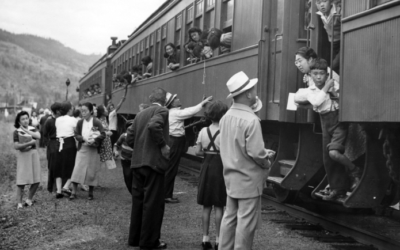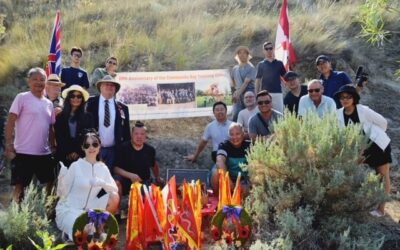Sometimes, when we travel somewhere, we encounter something remarkably close to our interests that is a fantastic surprise discovery. Such happened to a tourist to Kelowna wishing to explore the Okanagan Military Museum years ago.
One day, a gentleman appeared at the door on a day we were publicly closed. While informing him of our hours, I asked where he was from. He said he was passing through from Vancouver, leaving the next day for Calgary, then back home to the British Isles, and was keen to see our museum.
I decided to let him in. Later, he asked about one of our objects on display. “I received a most interesting surprise. Standing in the Reception area was an imposing wooden cross – brown, mellowed oak, more than eight feet high – with painted inscription showing that it was a memorial to the men of the 12th (Eastern) Division who had died on the Somme in 1916. Having a strong interest in the Somme since a first visit forty years ago and a similar strong interest in the organization of the British Army in the First World War, I naturally asked how a memorial to an exclusively United Kingdom division came to be standing in a museum in the middle of British Columbia.”1 Martin Middlebrook, if you don’t know the name, wrote The First Day on the Somme (1971) and The Kaiser’s Battle (1978), along with several books about the Second World War and the Falklands War.
Most of the 16,000+ men who volunteered for the various units of the 12th (Eastern) Division in Kitchener’s New Army were from the Counties of Norfolk, Suffolk, Northamptonshire, Essex, Middlesex, The City of London, Berkshire, Surrey, Sussex, and Kent. [Fig. 1]
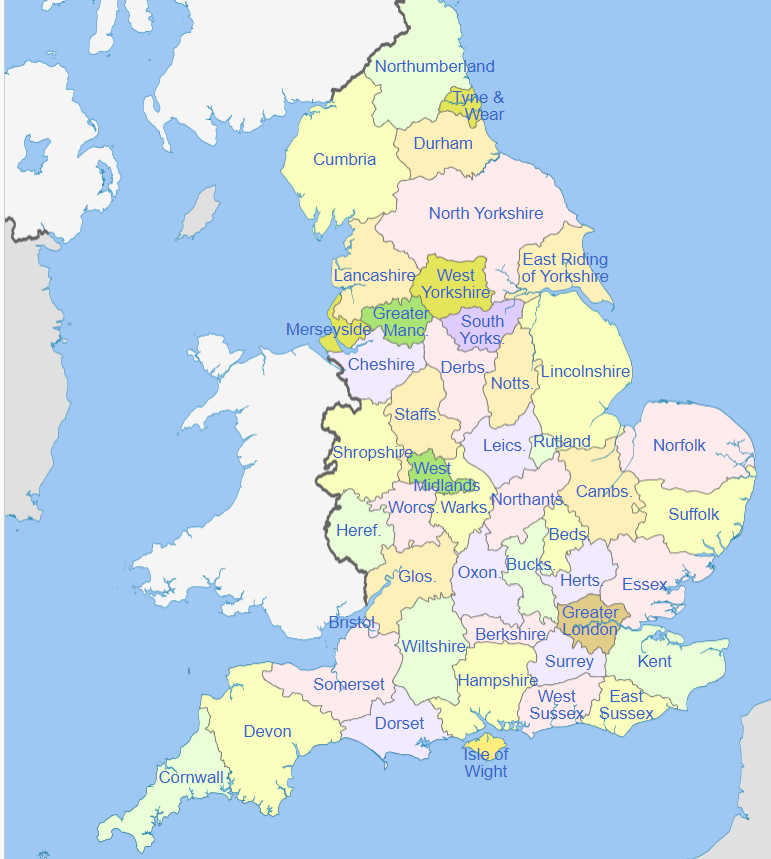
The object [Fig. 2] in question is dedicated “In memory of the Officers, Warrant Officers, N.C.Os & Men 12th Division who fell at the capture of Orvillers and in the Battle of the Somme July, August, October 1916. Grant Them O Lord Eternal Rest.” By early 1917, when the Germans had withdrawn from the Orvillers area into their Hindenburg Line, 12th Division survivors of the Battle of the Somme sought to commemorate their “gallant and epic fight”3 on the Somme front. Royal Engineers of the 12th Division used either salvaged oak timbers or new material to erect a wooden cross on a three-tiered wooden base mounted on a stone plinth on high ground close to the ruins of the church in Orvillers. A similar cross was erected across the ‘Mash Valley’ and the Amiens-Bapaume road by the 19th (Western) Division among the ruins of La Boiselle, which they had captured in 1916.
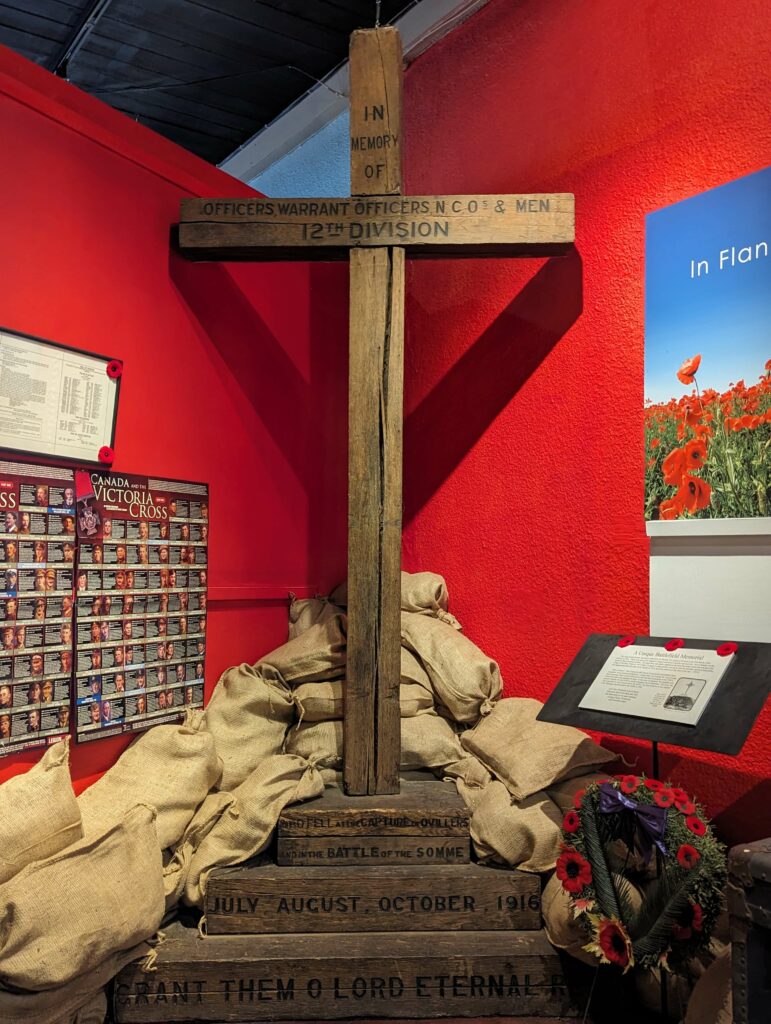
of the Okanagan Military Museum
OMM-X-214
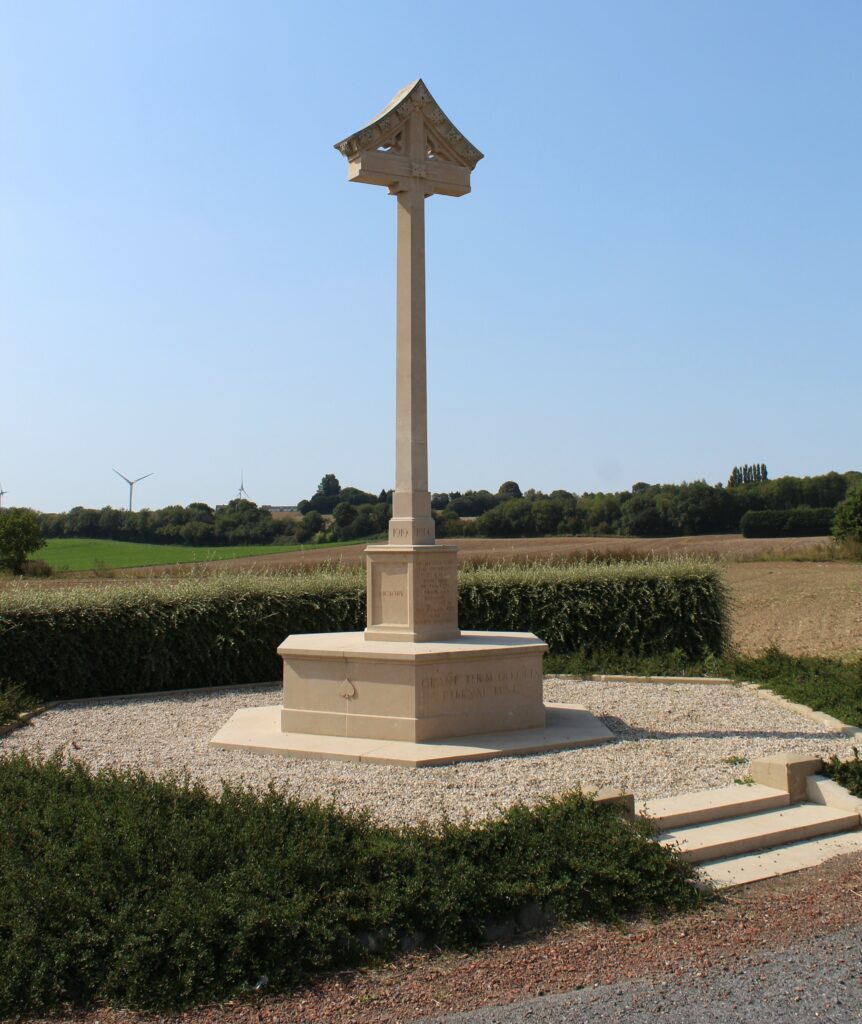
There it stood until it was superseded by stone York Minster-style crosses as permanent memorials to the 12th Division at Wancourt, near Arras, and at Epéhy, France, in 1921. [Fig. 3] Wancourt is on the Arras-Cambrai road south of Canada’s famous battlefield, Vimy Ridge. Here, the 12th played their part in the Battle of Arras in April 1917. Epéhy was the objective for the division in September 1918 during the Battle of Albert, which was phase II of the Second Battle of the Somme 1918. Both were victories for the division, while Orvillers was a tragedy of sacrifice and effort.
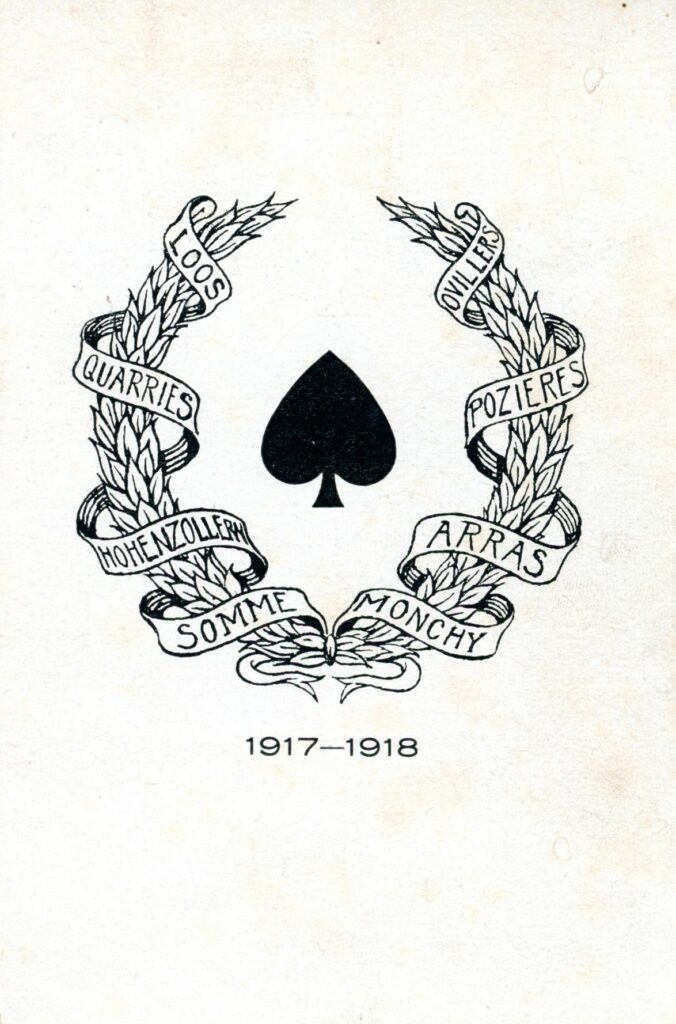
OMM-X-241.004
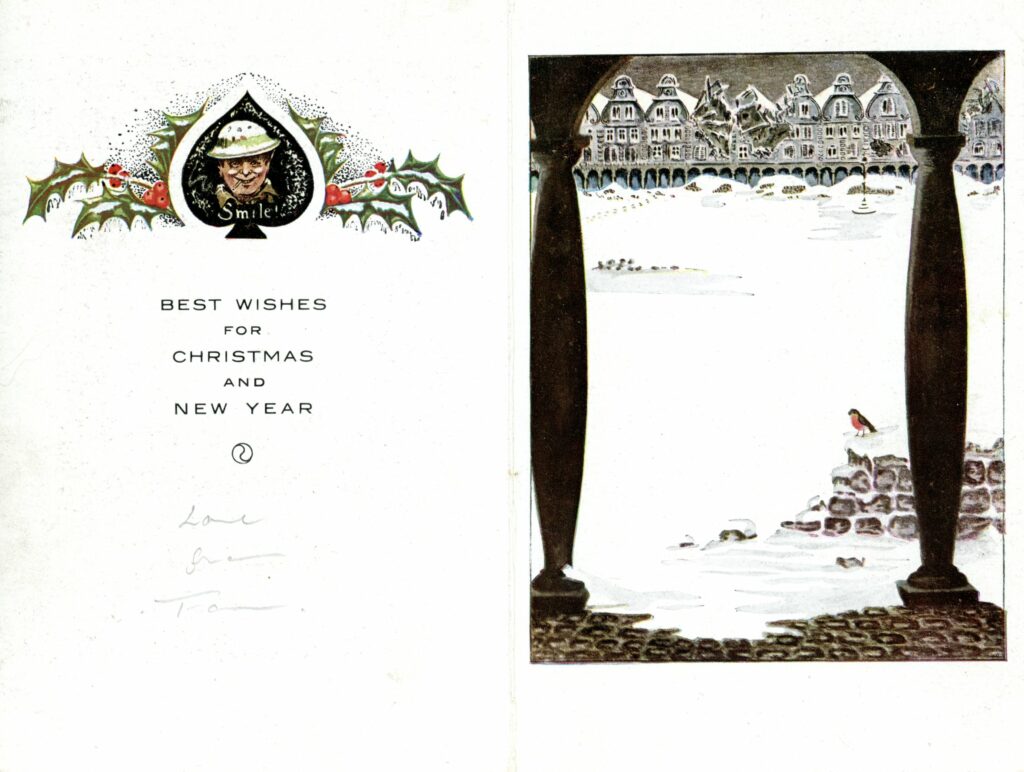
OMM-X-241.005
Captain Francis Thomas ‘Tom’ Lee-Norman MC, a Royal Engineer officer, was the Adjutant to the 12th Division’s CRE (Commander Royal Engineer). As the administrative assistant to a senior officer, he was responsible for coordinating various units and projects, representing the CRE to higher commands and subordinate formations when needed. Before the war, Tom had worked for the Midland Great Western Railway in Ireland and then in the Chief Engineering Department for the Central Argentine Railway in Argentina. He briefly returned to this work after the war before returning to England. Tom probably participated in the 12th Division’s memorial projects and recovered the original cross in 1925.
It remained in his house [Fig. 6] called Little Court in Cherminster, Dorset, after his death in 1941, until the 1990s when the house was put up for sale.
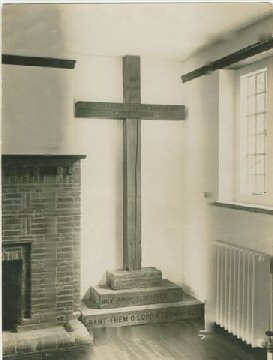
OMM-P-349
Relatives in Canada offered the cross to the Okanagan Military Museum Society. The cross was packed and shipped to Penticton from England in 1998, and the museum proudly displayed it on its opening day, Nov. 11, 1999.
We know that British Columbia attracted English immigrants to the province in significant numbers before 1914. At least forty such men from East Anglia, London, and Southeast England died in service to the Canadian Expeditionary Force and are memorialized on Okanagan Cenotaphs today.5 They, too, are memorialized by the 12th (Eastern) Division cross at the Okanagan Military Museum, thanks to Captain F.T. Lee-Norman MC and family.
To learn more about the 12th (Eastern) Division’s service at the Somme, see https://www.wartimememoriesproject.com/greatwar/allied/division.php?pid=11543.
Sources
1] The Kelowna Cross – How a Memorial to the 12th (Eastern) Division Dead of the Somme found its way to British Columbia; Tewkesbury, England 2007, www.hellfirecorner.co.uk/middlebrook3e.htm, accessed Oct. 4, 2023
2] https://en.wikipedia.org/wiki/Counties_of_England
3] History of the 12th (Eastern) Division in the Great War, 1914-1918, Maj-Gen. Sir Arthur E. Scott and P Middleton Brumwell, Nisbet and Co. Ltd. London, 1923; App. V pg. 255; OMM-B-1544
4] Courtesy https://www.longlongtrail.co.uk/army/order-of-battle-of-divisions/12th-eastern-division/
5] Okanagan Military Honor Roll Project data, OMM

